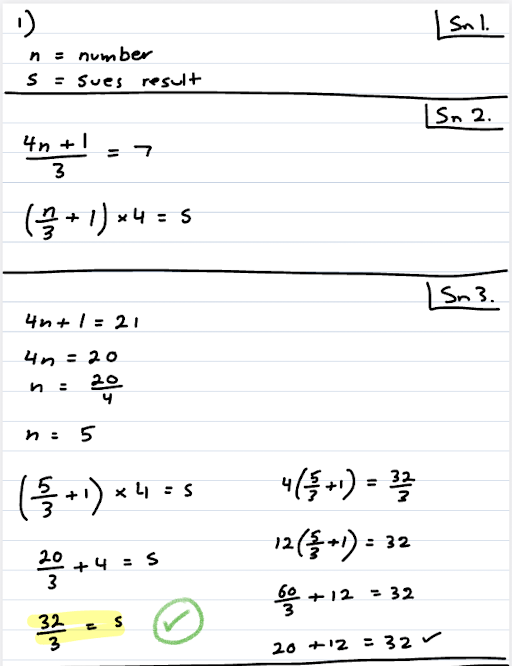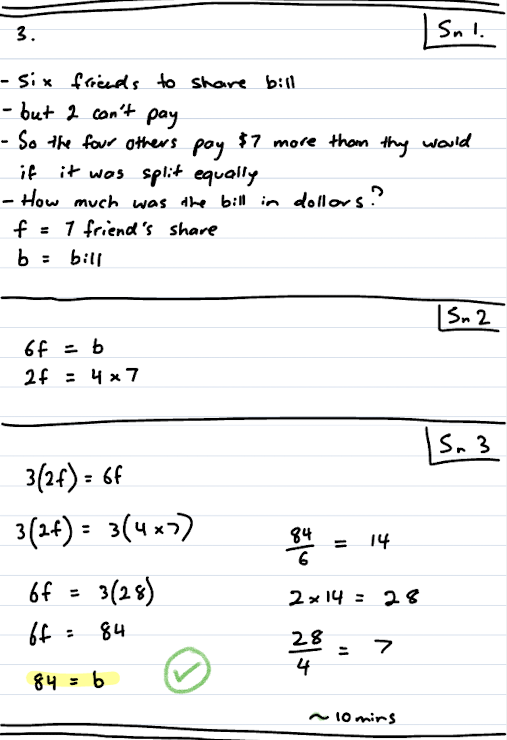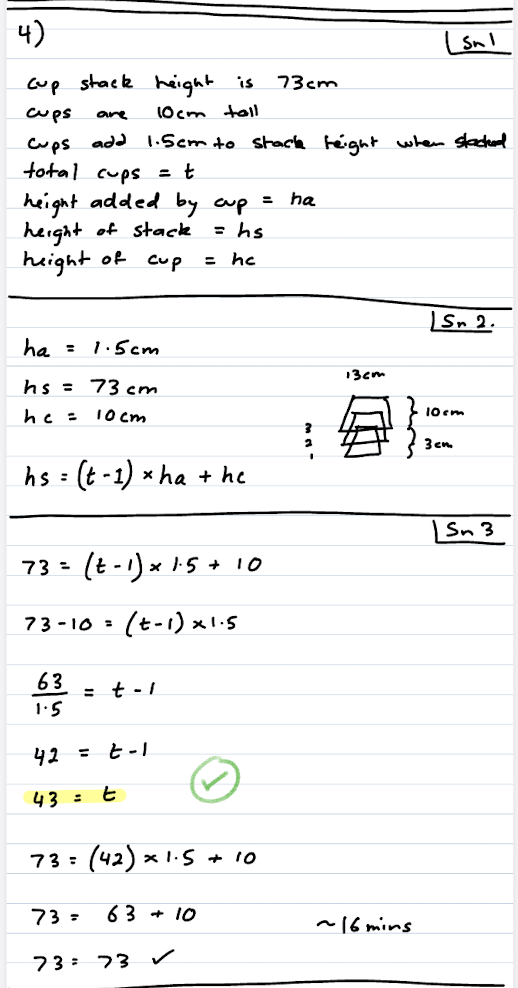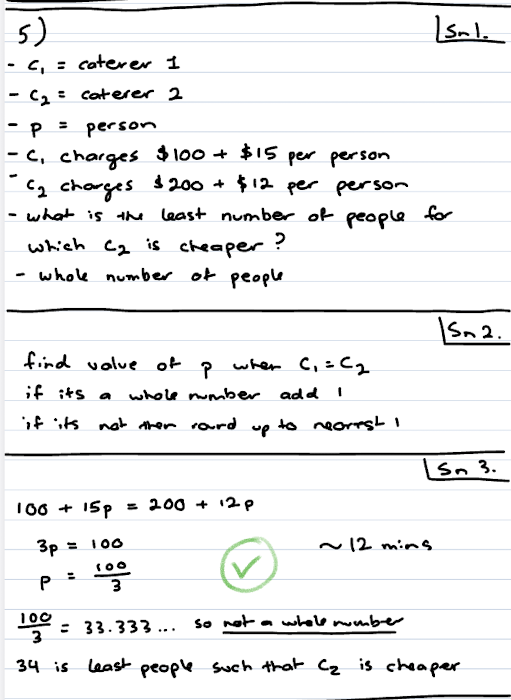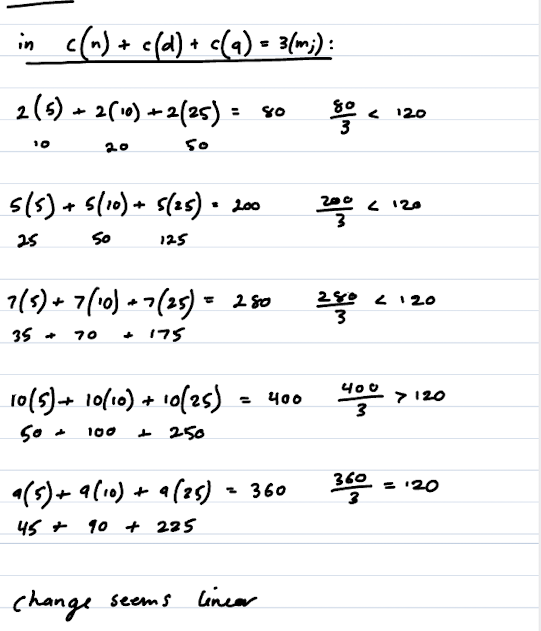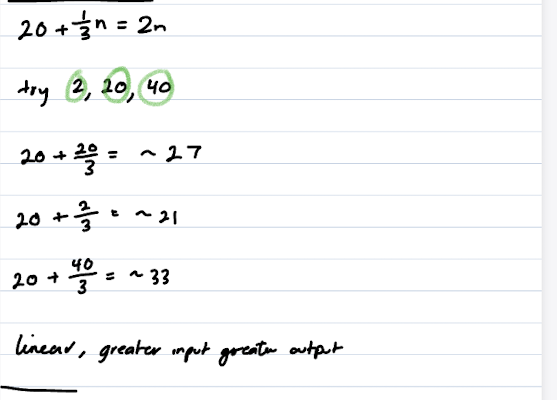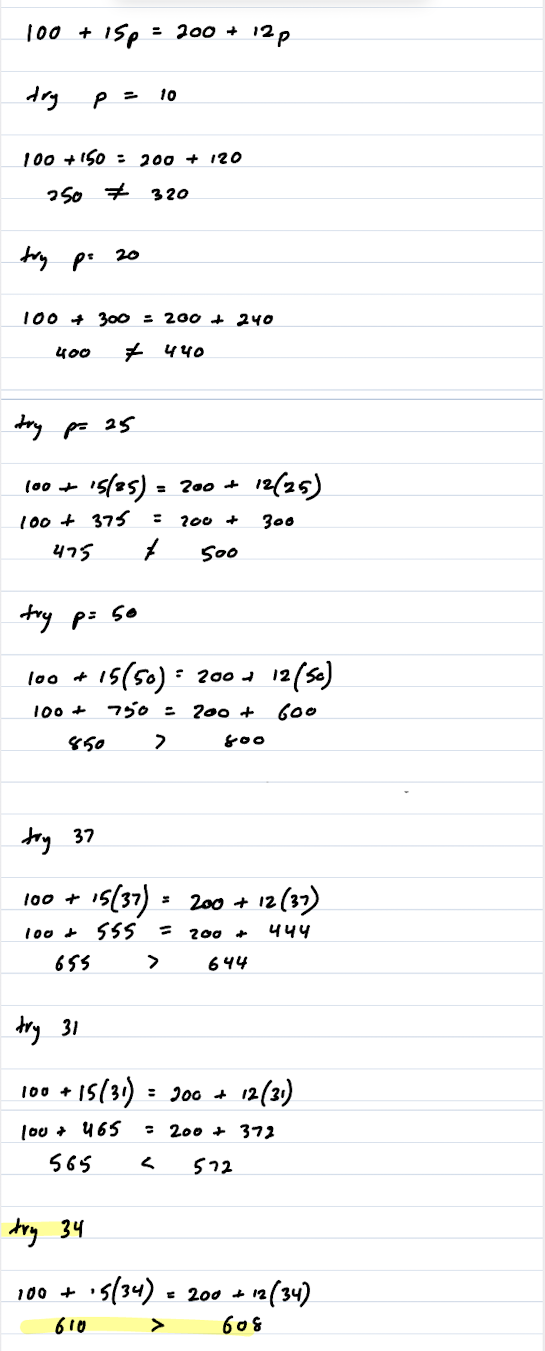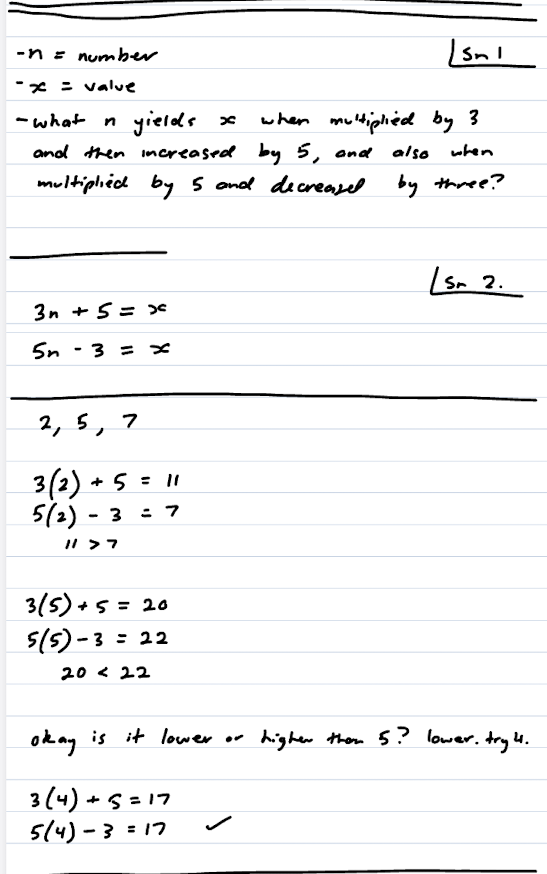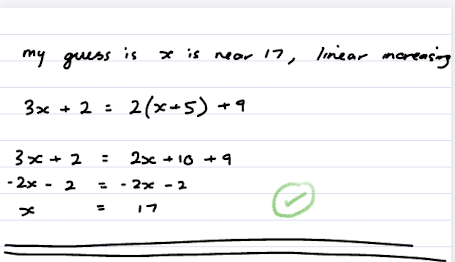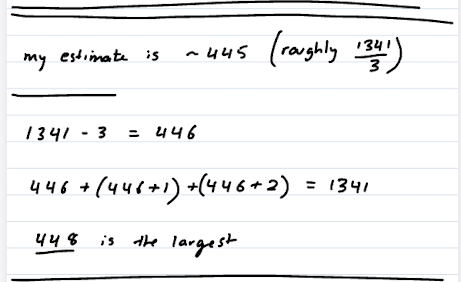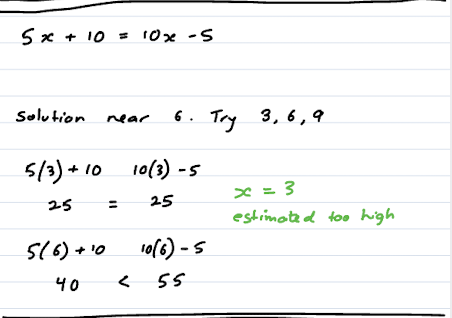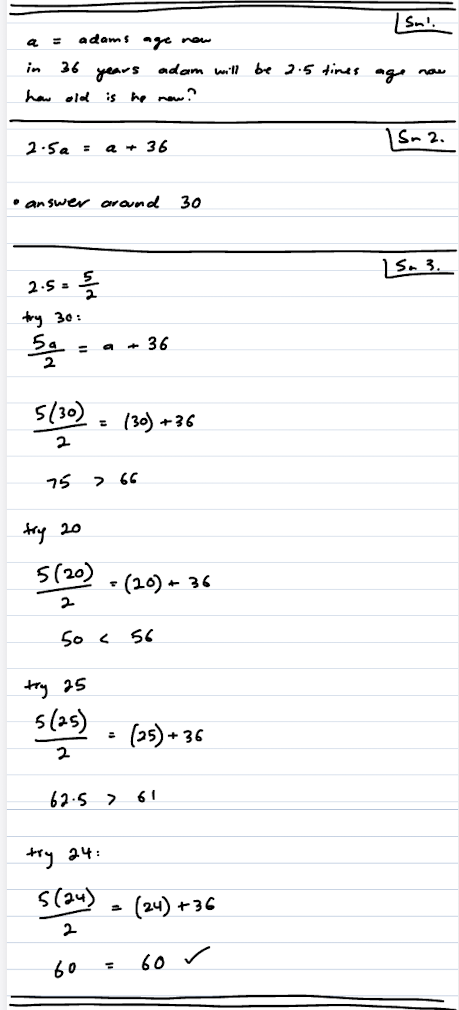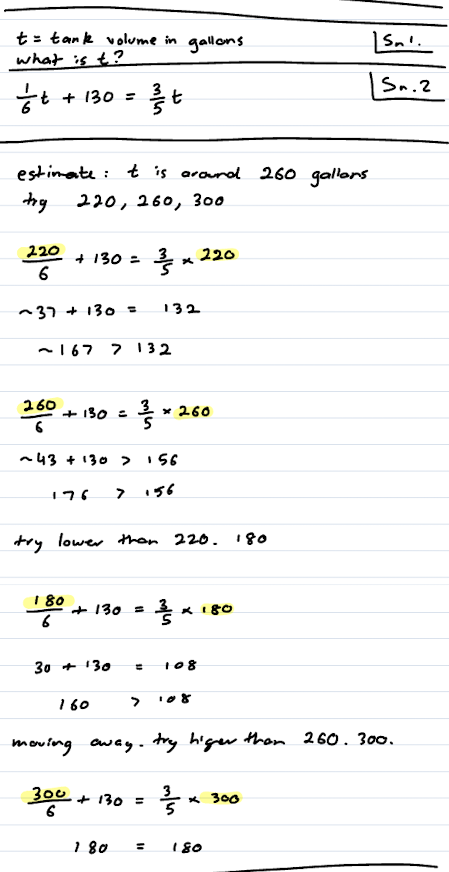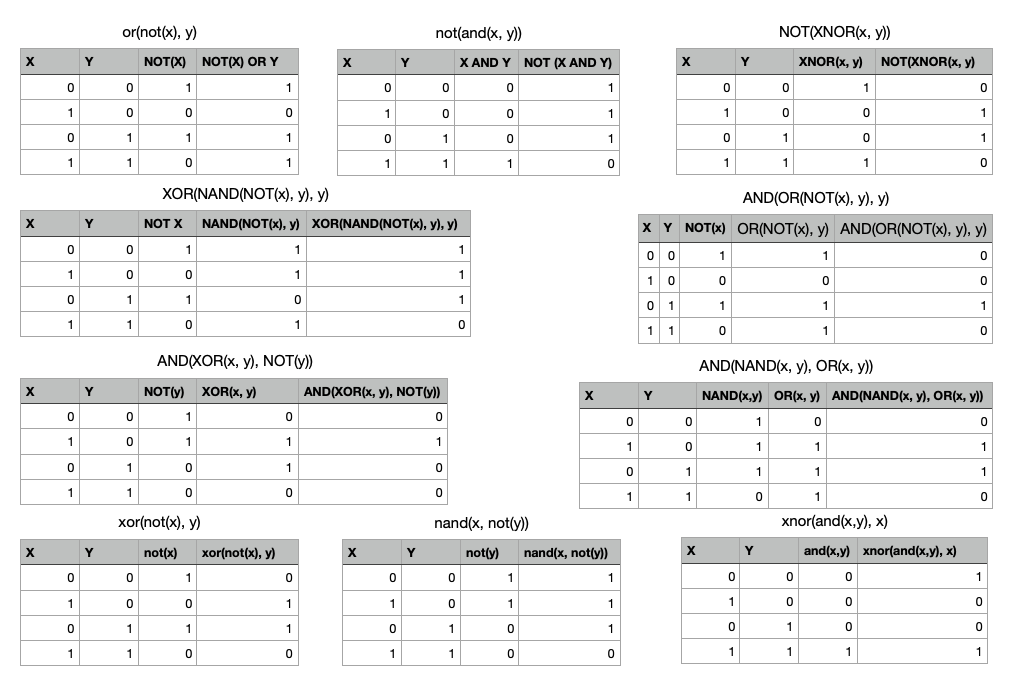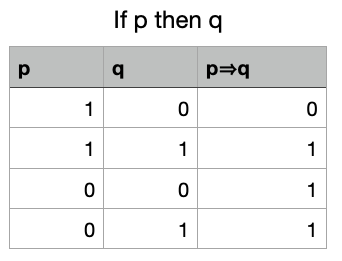OK so intuition for numbers can be improved with practice. Here is a way to practice it for this problem and many others. This is often best to do before you start solving the problem, but can be done later too.
Take the problem and try a low, medium and high number. (For multi-variable problems, you can do low,low, low,medium, etc. and get 9 pairs, or can do 4 pairs with only low and high, or can keep one unchanging while changing the other variable. There are more options.)
So in this case, for medium I’d pick 20. For low, I’d pick 2, but 10 would be fine as well. The reason for 2 is that negative numbers, 0 and 1 can all be special cases, so I just picked the lowest integer that avoids all that. For high, 30, 40 or 100 would all be reasonable choices (representing: add 10, double the 20, or use a number that’s significantly higher). It can be good to have the numbers evenly spaced (e.g. use 10/20/30) but isn’t needed. You can try additional numbers if you think they’ll provide any useful information.
Trying out some numbers in problems can help you get a feel for what the answer may be like (high, low, medium, and other things like negative or positive, or between two numbers).
You can find patterns like as you increase the inputs, the outputs increase. Combine that with knowing that an input of 20 gives a result that’s too low, and you know the solution must be more than 20.
You can quickly narrow the solution down, like if you also try 100 and the output is too big, then the solution is between 20 and 100. Then you can try the midpoint of the range, 60, and narrow it down to a range of 40. For problems with integer solutions, you can actually get the exact answer just by checking the midpoint of the range repeatedly without it taking a ton of steps. Like narrowing down from 80 possible solutions to 1 is doable within 7 steps.
The main point here is to explore the problem by finding out basic information like whether higher inputs cause lower or higher outputs, and whether the change is linear or exponential, and narrowing things down like the answer needs to be big, small or negative. If you do this, it may help you solve the problems, and it’ll definitely help you intuitively understand what’s going on more and give you an extra way to check for errors (know if your answer is reasonable or not).
So try this on the coins problem and some others.
